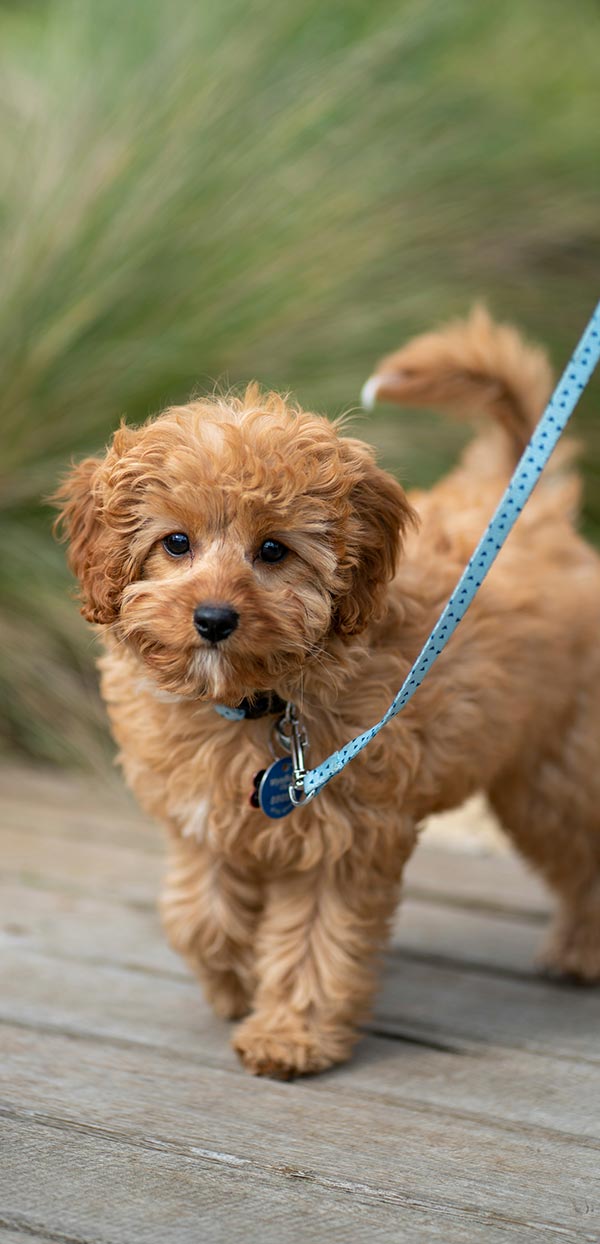Train Without Pain Resource Library
Loose Leash Walking
Why train for loose-leash walking?
To spare your arms – and your dog’s trachea. It is not fun or safe for you to have a dog take you for a walk, and pulling while wearing a collar can actually damage your dog’s throat. Since our dogs spend most of their time outside on-leash, training them to walk without pulling is better for everyone.
Why do dogs pull?
To get to whatever is out ahead: Great smells, other dogs, open spaces, fun and adventure. Pulling gets dogs to what they want faster. As a strategy, it works. This is why it is best to teach dogs loose-leash walking as early as possible. Pulling is rewarding to the dog, so the more he does it, the harder it is for him to give it up. If you have an expert puller, however, don’t despair. Any dog can be taught loose-leash walking.
How to train for loose-leash walking:
- Your dog learns to stand calmly next to you without pulling away
– Load one hand with treats.
– Praise and treat when your dog is calm and/or looking at you.
– If your dog pulls away from you, don’t yank the leash and don’t reel him back in. Stand still and wait until he returns to you. If he is very distracted, call his name.
– When he comes back to you, praise and treat. - Your dog learns to stay close to you while walking
– With your dog standing calmly next to you, say his name and, “Let’s go.”
– Praise and treat after the first step, as long as your dog doesn’t dash forward.
– Keep walking and praise/treat every other step.
– Gradually increase the number of steps in between rewards.
– If your dog starts pulling, stop and wait until there is some slack in the leash again. Then take a step with him and reward him quickly for walking near you.
– Keep him guessing. Sometimes reward after 1 step, sometimes after 5, then again after 2, then after 7. Training Tip: Try practicing loose-leash walking after your dog has had some vigorous exercise. He will be much easier to work with then Troubleshooting: If your dog pulls and you don’t get a chance to click and treat, apply red light/green light. As soon as your dog pulls and the leash goes tight, stop. Wait for the leash to loosen even just a little bit and then walk forward. Be prepared to stop again if your dog pulls again so the leash tightens. Your dog needs to learn that a tight leash is a red light that stops the walk. A loose leash is a green light that means more walking.
